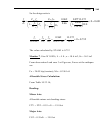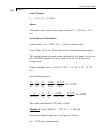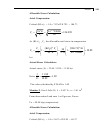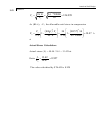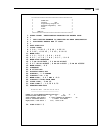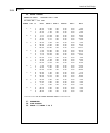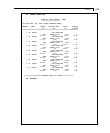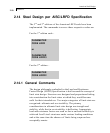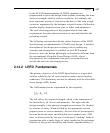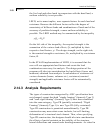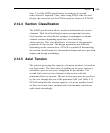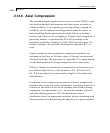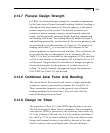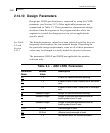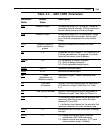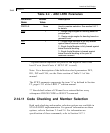
Section 2
2-57
In the STAAD implementation of LRFD, members are
proportioned to resist the design loads without exceeding the limit
states of strength, stability and serviceability. Accordingly, the
most economic section is selected on the basis of the least weight
criteria as augmented by the designer in specification of allowable
member depths, desired section type, or other such parameters.
The code checking portion of the program checks that code
requirements for each selected section are met and identifies the
governing criteria.
The following sections describe the salient features of the LRFD
specifications as implemented in STAAD steel design. A detailed
description of the design process along with its underlying
concepts and assumptions is available in the LRFD manual.
However, since the design philosophy is drastically different from
the conventional Allowable Stress Design (ASD), a brief
description of the fundamental concepts is presented here to
initiate the user into the design process.
2.14.2 LRFD Fundamentals
The primary objective of the LRFD Specification is to provide a
uniform reliability for all steel structures under various loading
conditions. This uniformity can not be obtained with the allowable
stress design (ASD) format.
The ASD method can be represented by the inequality
i
n
Q
RFS
∑
<
/..
The left side is the required strength, which is the summation of
the load effects, Qi (forces and moments). The right side, the
design strength, is the nominal strength or resistance, R
n
, divided
by a factor of safety. When divided by the appropriate section
property (area or section modulus), the two sides of the inequality
become the actual stress and allowable stress respectively. ASD,
then, is characterized by the use of unfactored "working" loads in
conjunction with a single factor of safety applied to the resistance.
Because of the greater variability and, hence, unpredictability of



